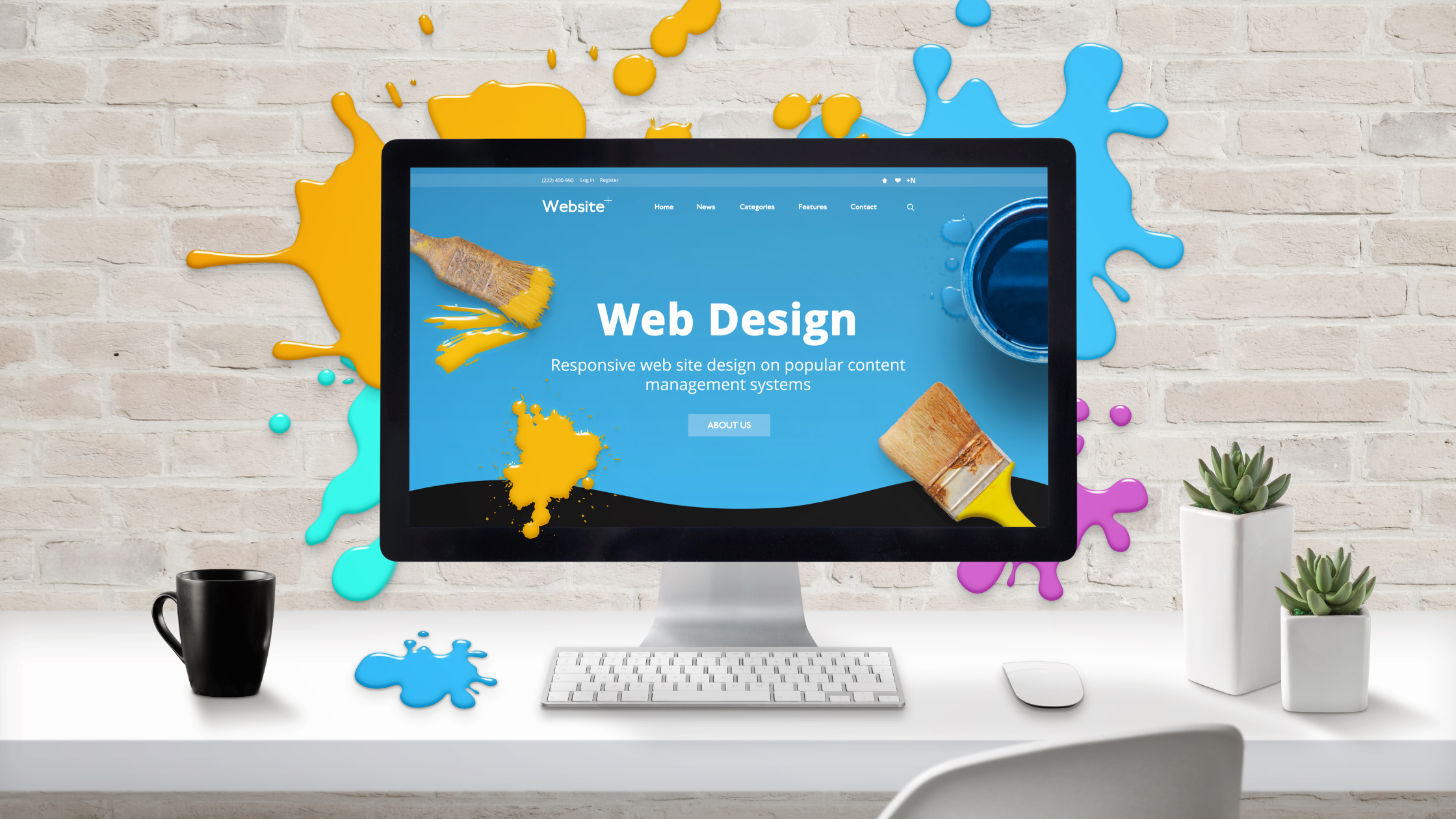Elevating Your Web Design: Effective Strategies and Tactics
In the digital realm, your website serves as the virtual storefront of your brand or business. A well-designed website not only attracts visitors but also engages and converts them into customers or clients. In today’s competitive landscape, mastering web design goes beyond aesthetics—it involves strategic planning, a user-centric approach, and effective implementation of design tactics. In this guide, we explore key strategies and tactics to elevate your web design and create compelling online experiences.

Understanding User Behavior
User Research: Begin by understanding your target audience’s needs, preferences, and behaviors. Conduct user research through surveys, interviews, and analytics data to gain insights into their goals, pain points, and browsing habits. This foundational understanding forms the basis for designing user-centric experiences.
User Journey Mapping: Map out the typical user journey on your website—from initial discovery to conversion and beyond. Identify key touchpoints, user interactions, and potential friction points along the way. This helps in optimizing the flow and structure of your website to guide users seamlessly toward their desired outcomes.
Prioritizing Usability and Accessibility
Responsive Design: Ensure your website is fully responsive and optimized for various devices and screen sizes. Adopt a mobile-first approach to prioritize content and functionality for smaller screens, then progressively enhance the experience for larger devices.
Accessibility Compliance: Make your website accessible to users with disabilities by adhering to web accessibility standards (e.g., WCAG guidelines). Incorporate features such as alt text for images, keyboard navigation, semantic HTML markup, and color contrast ratios to ensure inclusivity and usability for all users.
Crafting Engaging Visuals and Branding
Consistent Branding: Maintain consistency in visual elements, typography, colors, and brand messaging across your website. Establish a cohesive brand identity that reflects your values, personality, and unique selling propositions (USPs) to build trust and recognition among your audience.
Visual Hierarchy: Use visual hierarchy principles to prioritize content and guide users’ attention effectively. Employ techniques such as contrast, spacing, typography, and focal points to create a clear and intuitive layout that emphasizes important information and calls-to-action (CTAs).
Streamlining Navigation and Information Architecture
Intuitive Navigation: Design a clear and intuitive navigation structure that enables users to find what they’re looking for with minimal effort. Limit the number of menu items, organize content logically, and incorporate breadcrumbs, search functionality, and contextual links to enhance discoverability and navigation.
Hierarchical Organization: Organize your content into logical hierarchies and categories to facilitate browsing and information retrieval. Group related content together, use descriptive labels and headings and prioritize content based on user needs and priorities.
Enhancing User Engagement and Interactivity
Interactive Elements: Integrate interactive elements such as sliders, carousels, accordions, and hover effects to engage users and encourage exploration. Balance visual appeal with usability, ensuring that interactive elements enhance user experience without causing distraction or confusion.
Micro-interactions: Implement subtle micro-interactions that provide feedback, indicate status changes, and enhance user engagement throughout the browsing experience. From animated buttons to progress indicators, these small details contribute to a more intuitive and delightful user interface.
Optimizing Performance and Loading Speed
Performance Optimization: Optimize your website’s performance by minimizing file sizes, optimizing images, leveraging browser caching, and reducing server response times. Compress assets, utilize content delivery networks (CDNs), and prioritize critical content to ensure fast and seamless page loading across devices and network conditions.
Performance Monitoring: Continuously monitor and analyze your website’s performance metrics using tools like Google PageSpeed Insights, GTmetrix, and WebPageTest. Identify performance bottlenecks, diagnose issues, and implement optimizations to improve loading speed and user experience over time.
Implementing SEO Best Practices
On-Page Optimization: Optimize your website’s on-page elements—including meta tags, headings, URLs, and content—for relevant keywords and search intent. Conduct keyword research, create high-quality, relevant content, and ensure proper indexing and crawlability for search engine bots.
Technical SEO: Address technical aspects of SEO, such as site structure, URL structure, canonicalization, XML sitemaps, and schema markup. Implement best practices to improve site accessibility, crawlability, and visibility in search engine results pages (SERPs).
Iterating and Testing
User Testing: Conduct usability testing and gather feedback from real users to identify usability issues, pain points, and areas for improvement. Utilize tools like heatmaps, session recordings, and A/B testing to analyze user behavior and iterate on design decisions based on data-driven insights.
Iterative Design Process: Embrace an iterative design process that involves continuous refinement and optimization based on user feedback and performance metrics. Test hypotheses, implement changes, and monitor outcomes to ensure your website evolves in alignment with user needs and business objectives.
In conclusion, effective web design is a multifaceted endeavor that requires a blend of strategic thinking, creativity, and technical expertise. By understanding user behavior, prioritizing usability and accessibility, crafting engaging visuals, streamlining navigation, enhancing interactivity, optimizing performance, implementing SEO best practices, and embracing iterative testing and refinement, you can create compelling online experiences that resonate with your audience and drive meaningful results for your brand or business.

